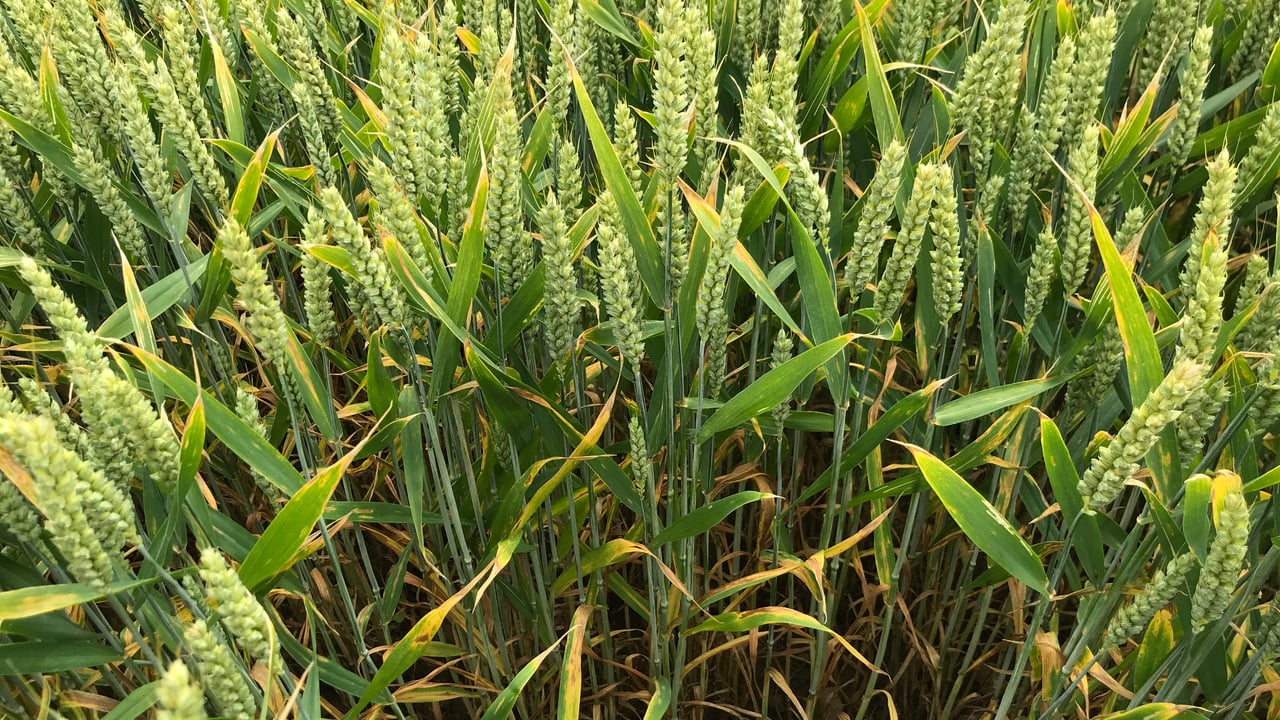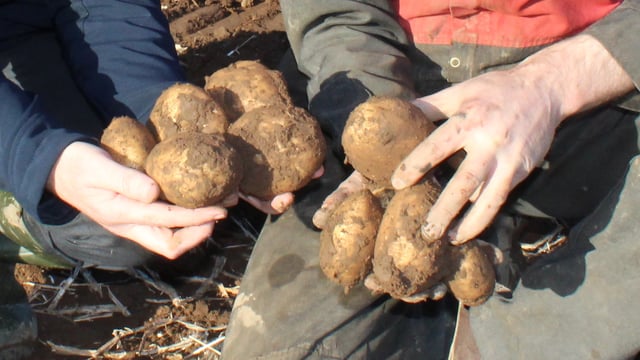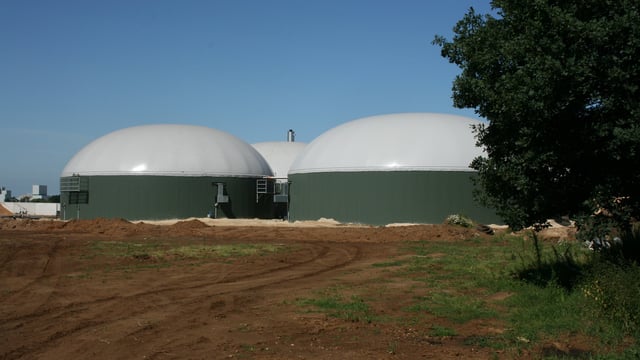Wheat disease control options for the upcoming season
Septoria continues to be the most damaging disease of winter wheat crops in Ireland, according to Teagasc’s Dr. Steven Kildea who gave an update on new wheat disease control options at the 2023 National Tillage Conference.
“There are a number of steps that can be take to control disease," he explained.
“These include the selection of specific varieties through to various aspects of nutrition. However, fungicides still remain a key component of disease control strategies."
Kildea last spoke at the National Tillage Conference back in 2020. He confirmed that major changes had taken place since then with regard to the use of fungicides as a disease control option in cereals.
He said:
Kildea went on to point out that these new chemistries are showing high degrees of efficacy.
“But maintaining the sensitivity of these fungicides is crucially important for the future," he added.
The new chemistries are revysol (an azole) and inatreq (a picolinamide).
Revysol is the active ingredient in Revystar XE while inatreq is the fungicide driver in Univoq.
Teagasc trials carried out in 2021, confirmed that both chemistries provided high levels of septoria-related protectant activity in winter wheat.
“The new chemistries have brought us back in terms of disease control to where we were when the SDHI azoles were first brought to market," he said.
In terms of research, Teagasc has been working to determine the sensitivity of these new chemistries before they become commercially available. This work has been carried out by Teagasc in association with five research centres across Europe.
Trials commenced in 2019, which will be followed up with subsequent glasshouse studies.
“This work will allow us to quickly identify changes in pathogen sensitivity. In turn, this will allow us to update relevant spraying programmes for growers in a timely manner,” Kildea further explained.
In his summing up, Kildea said that fungicides should always be used in mixtures, delivering different modes of action against a target disease.
“Inatreq and revysol should only be used once in a spraying programme," he stated.
“Growers should be aware of all diseases and target these accordingly.”





